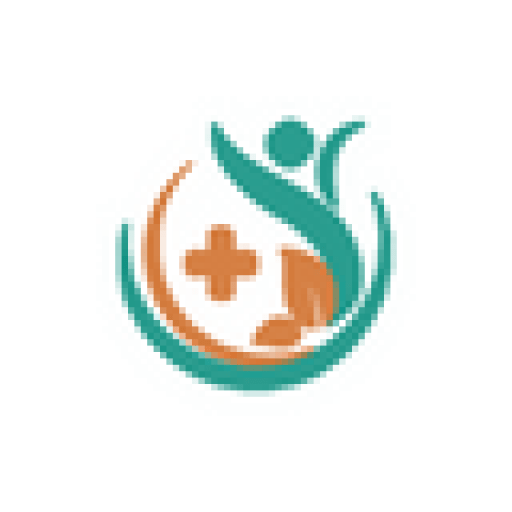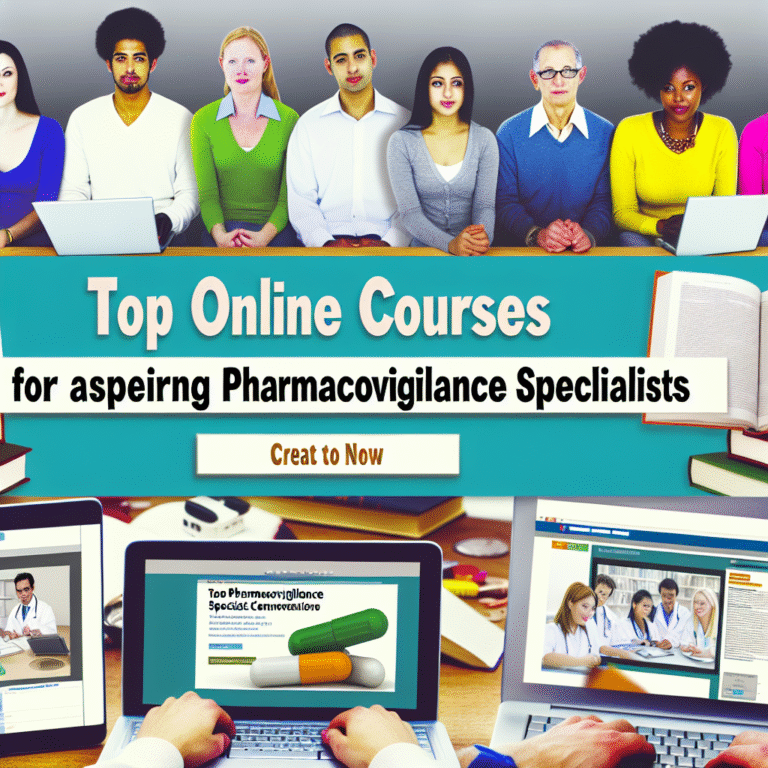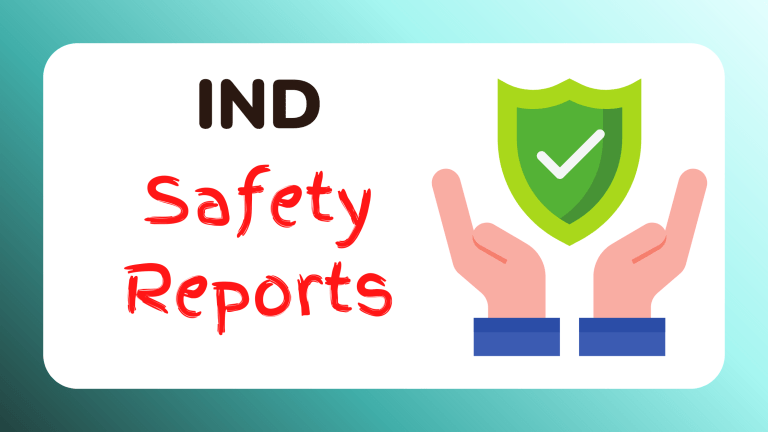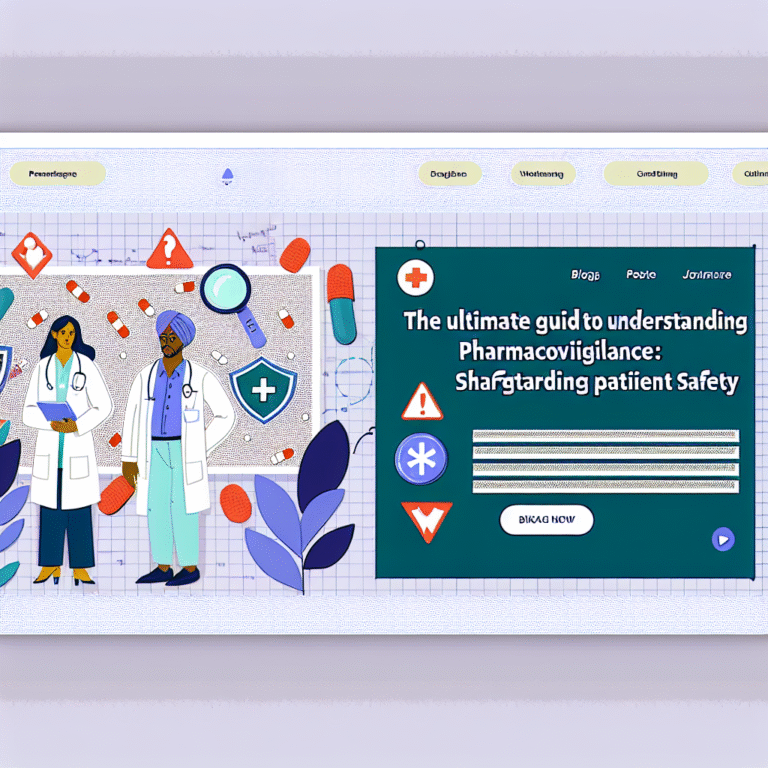Understanding the Role of Pharmacovigilance in Ensuring Drug Safety: A Comprehensive Guide
Understanding the Role of Pharmacovigilance in Keeping Drugs Safe: A Simple Guide
Introduction
What is Pharmacovigilance?
Pharmacovigilance might sound like a big word, but it’s really about keeping us safe when we take medicine. It’s the science of spotting, checking, understanding, and stopping bad effects from drugs. This helps make sure that the medicines we use are safe and reduces the risks that come with taking drugs.
Pharmacovigilance started back in the 1960s after a big problem called the thalidomide tragedy, where many babies were born with injuries. This showed everyone why it was important to have a system to watch drug safety. Now, pharmacovigilance is much better and uses new technology and global teamwork.
Why Drug Safety Matters
Making sure drugs are safe is super important. People everywhere depend on medicine to stay healthy or get better. If a drug has bad effects, it can sometimes lead to hospital visits or serious health problems, or in the worst cases, death.
Problems with drugs can be small, like a rash, or big, like heart issues. So, we need to always keep an eye on drugs and have strong systems in place in order to find and fix these problems quickly.
The Story of Pharmacovigilance
How It Started
Pharmacovigilance’s journey started with key events:
1. **Thalidomide Tragedy**: This 1960s event led to better rules and kicked off the field of pharmacovigilance.
2. **WHO Collaborating Centre**: Set up in Sweden in 1968, it helped start global drug safety monitoring.
3. **Uppsala Monitoring Centre**: Helped create a central place for collecting bad drug effects.
Important Rules
Laws and guidelines have shaped pharmacovigilance:
1. **U.S. Food, Drug, and Cosmetic Act**: Required drug safety testing before it’s sold.
2. **European Medicines Agency (EMA) Guidelines**: Made sure drugs in Europe are checked well.
3. **International Laws**: Countries made rules to report and monitor drug effects.
Events like the Vioxx recall showed why strong pharmacovigilance is crucial.
Key Ideas in Pharmacovigilance
Bad Drug Effects (ADRs)
ADRs are unwanted reactions from using drugs. They are divided into:
1. **Type A (Augmented)**: Expected and related to drug dose, like side effects.
2. **Type B (Bizarre)**: Unexpected and not related to dose, like allergies.
3. **Type C (Chronic)**: Linked to long-term use.
4. **Type D (Delayed)**: Occur after some time has passed.
5. **Type E (End-of-Use)**: Happen after stopping the drug.
Finding and Checking Risks
To spot risks, we do:
– **Finding Signals**: Looking at info for signs of ADRs.
– **Risk Checking**: Figuring out how likely and bad ADRs could be.
– **Benefit-Risk Check**: Comparing a drug’s good points with its risks.
Pharmacovigilance Systems and Processes
Gathering and Watching Data
Good pharmacovigilance needs well-organized data collection:
– **Clinical Trials**: Gather first info when developing the drug.
– **Post-Market Supervision**: Keep watching drugs after they are sold.
– **Reporting Systems**: Encourage doctors and others to tell about ADRs.
Tools like electronic health records help in managing data well.
Examples of Reporting Systems
Good systems are:
1. **Yellow Card Scheme (UK)**: Lets doctors and patients report ADRs.
2. **MedWatch (U.S.)**: An FDA program for reporting ADRs.
3. **EudraVigilance (EU)**: EMA’s system to collect ADR info.
New technology, like AI, helps these systems work better.
Global Rules and Organizations
Big Players and Their Jobs
Groups around the world help coordinate pharmacovigilance:
– **World Health Organization (WHO)**: Gives rules and gathers worldwide teamwork.
– **European Medicines Agency (EMA)**: Checks drug safety in the EU.
– **U.S. Food and Drug Administration (FDA)**: Monitors drug safety in the U.S.
Global Efforts to Work Together
The International Council for Harmonisation (ICH) aims to:
– **Make Rules the Same**: Create worldwide rules for pharmacovigilance.
– **Share Data**: Improve sharing between countries.
– **Solve Problems**: Overcome issues like different rules and data privacy.
Best Ways to Do Pharmacovigilance
Strong Pharmacovigilance Programs
Good programs have:
1. **Good Training**: Teach healthcare workers about ADRs and how to report them.
2. **Smart Systems**: Use new software for collecting and looking at data.
3. **Consistent Watching**: Keep an eye on drug safety all the time.
They need to be ready for new challenges, like new types of drugs.
Working Together and Sharing Info
Pharmacovigilance needs teamwork:
– **Healthcare Workers**: Take part in reporting and sharing data.
– **Drug Companies**: Follow the rules and invest in safety.
– **Rules Agencies**: Encourage global communication.
Meetings and gatherings help share information worldwide.
Challenges and Future Directions
Today’s Challenges
Pharmacovigilance faces challenges like:
1. **Data Privacy**: Protecting patient info while sharing data.
2. **Fitting in with Health Systems**: Making reporting easy.
3. **World Crises**: Handling more drug use and ADRs during events like pandemics.
New Ideas and Trends
Technology is changing pharmacovigilance:
1. **AI**: Helps with finding signals quickly.
2. **Machine Learning**: Better at guessing ADR risks.
3. **Digital Tools**: Using apps to report ADRs in real-time.
We keep researching new ways to improve.
Conclusion
Why Pharmacovigilance Matters
Pharmacovigilance is a long-term promise to keep people safe. When everyone understands its importance, they can work together to keep drugs safe and effective.
A Call for Working Together
Pharmacovigilance needs everyone to be involved, from healthcare professionals to drug companies and regulators. By fostering cooperation and using the latest technology, we can continue to ensure drug safety. Join us at Pharmacovigilance Foundations to learn more and help our global efforts to make sure medicines are safe for everyone.






